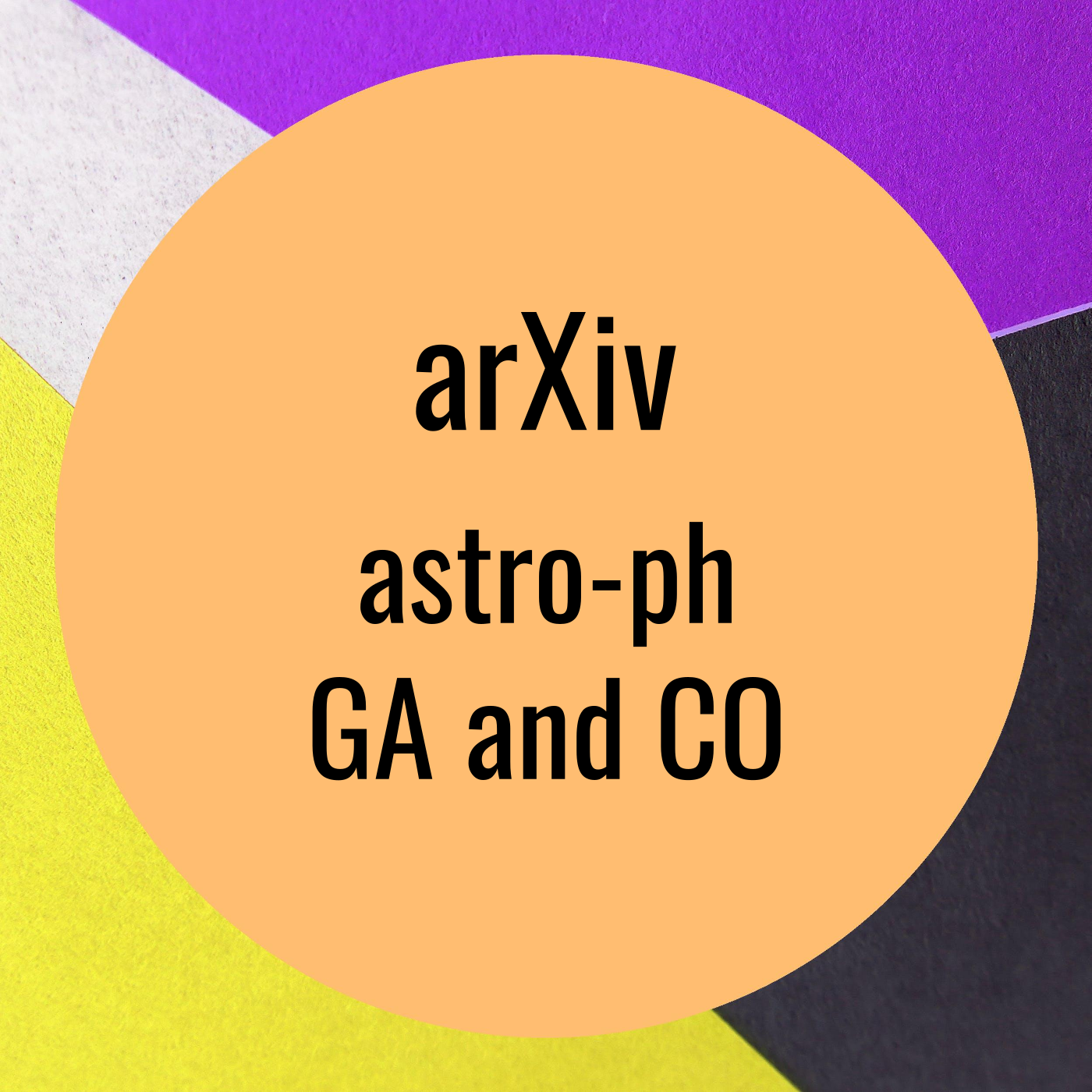Dissecting the interstellar medium of a z=6 3 galaxy: X-shooter spectroscopy and HST imaging of the afterglow and environment of the Swift GRB 210905A
Description
Dissecting the interstellar medium of a z=6 3 galaxy: X-shooter spectroscopy and HST imaging of the afterglow and environment of the Swift GRB 210905A by A. Saccardi et al. on Wednesday 30 November
The study of the properties of galaxies in the first billion years after the
Big Bang is one of the major topic of current astrophysics.
Optical/near-infrared spectroscopy of the afterglows of long Gamma-ray bursts
(GRBs) provide a powerful diagnostic tool to probe the interstellar medium
(ISM) of their host galaxies and foreground absorbers, even up to the highest
redshifts. We analyze the VLT/X-shooter afterglow spectrum of GRB 210905A,
triggered by the Swift Neil Gehrels Observatory, and detect neutral-hydrogen,
low-ionization, high-ionization, and fine-structure absorption lines from a
complex system at z=6.3118, that we associate with the GRB host galaxy. We
study the ISM properties of the host system, revealing the metallicity,
kinematics and chemical abundance pattern. The total metallicity of the z~6.3
system is [M/H]=-1.75+/-0.13, after correcting for dust-depletion and taking
into account alpha-element enhancement. In addition, we determine the overall
amount of dust and dust-to-metal mass ratio (DTM) ([Zn/Fe]_fit=0.32+/-0.09,
DTM=0.12+/-0.11). We find indications of nucleosynthesis due to massive stars
and evidence of peculiar over-abundance of aluminium. From the analysis of
fine-structure lines, we determine distances of several kpc for the
low-ionization gas clouds closest to the GRB. Those farther distances are
possibly due to the high number of ionizing photons. Using the HST/F140W image
of the GRB field, we show the GRB host galaxy as well as multiple objects
within 2" from the GRB. We discuss the galaxy structure and kinematics that
could explain our observations, also taking into account a tentative detection
of Lyman-alpha emission. Deep spectroscopic observations with VLT/MUSE and JWST
will offer the unique possibility of combining our results with the ionized-gas
properties, with the goal of better understanding how galaxies in the
reionization era form and evolve.
arXiv: http://arxiv.org/abs/http://arxiv.org/abs/2211.16524v1
More Episodes
Dynamics in the outskirts of four Milky Way globular clusters: it's the tides that dominate by Zhen Wan et al. on Wednesday 30 November
We present the results of a spectroscopic survey of the outskirts of 4
globular clusters -- NGC 1261, NGC 4590, NGC 1904, and NGC 1851 -- covering
targets...
Published 11/30/22
Disturbed, diffuse, or just missing? A global study of the HI content of Hickson Compact Groups by M. G. Jones et al. on Wednesday 30 November
Hickson Compact Groups (HCGs) are dense configurations of 4 to 10 galaxies,
whose HI (neutral gas) morphology appears to follow an evolutionary sequence...
Published 11/30/22
Dissecting the interstellar medium of a z=6 3 galaxy: X-shooter spectroscopy and HST imaging of the afterglow and environment of the Swift GRB 210905A by A. Saccardi et al. on Wednesday 30 November
The study of the properties of galaxies in the first billion years after the
Big Bang is one of...
Published 11/30/22


